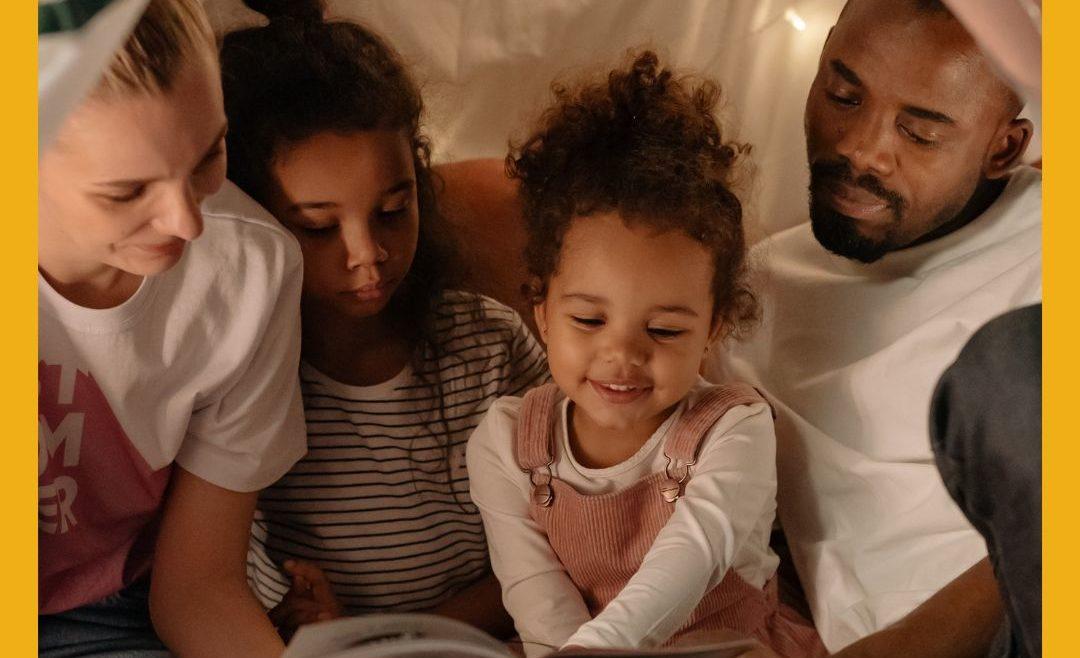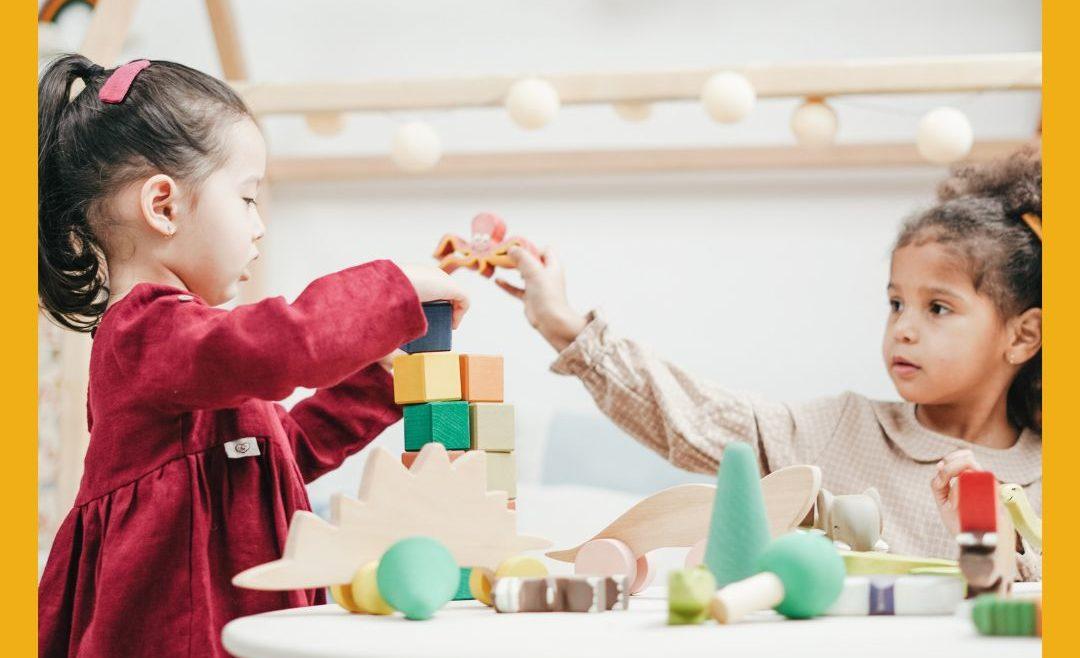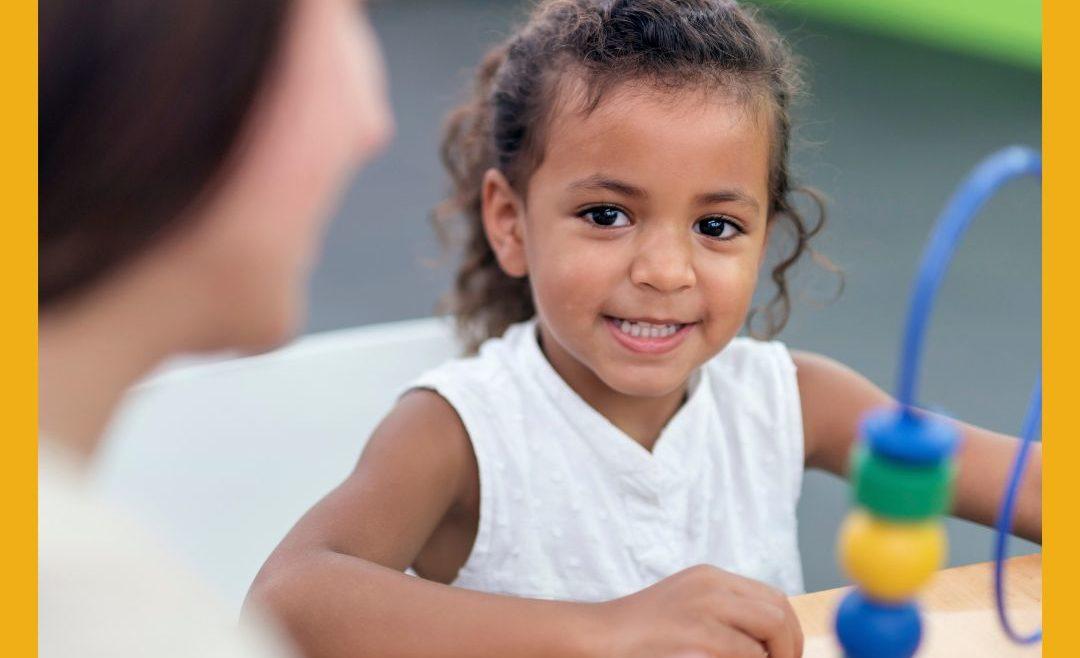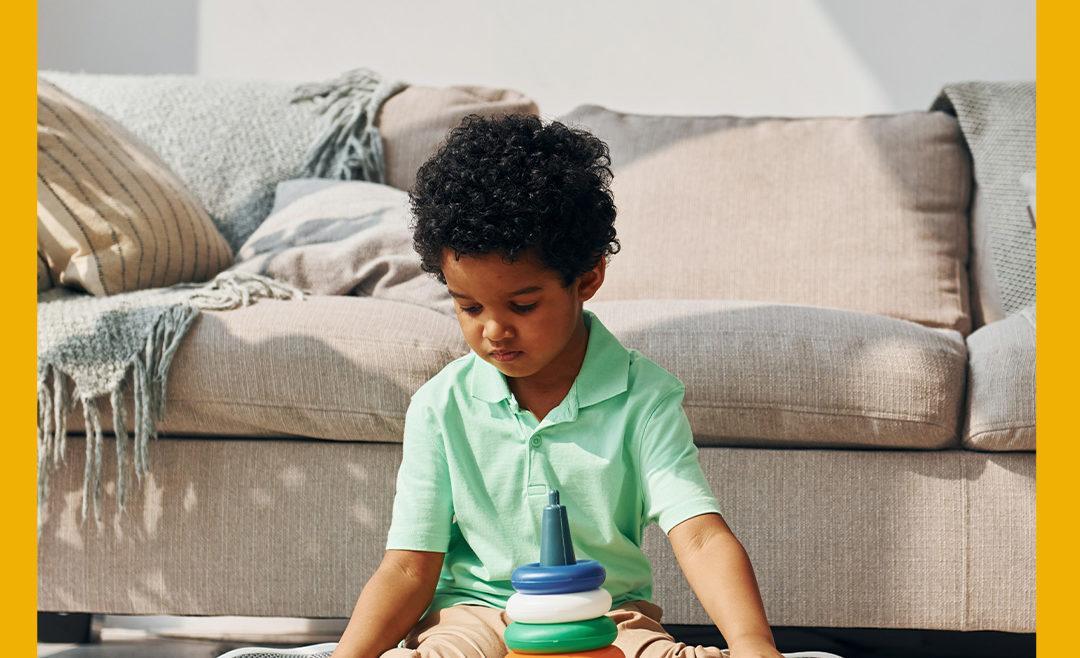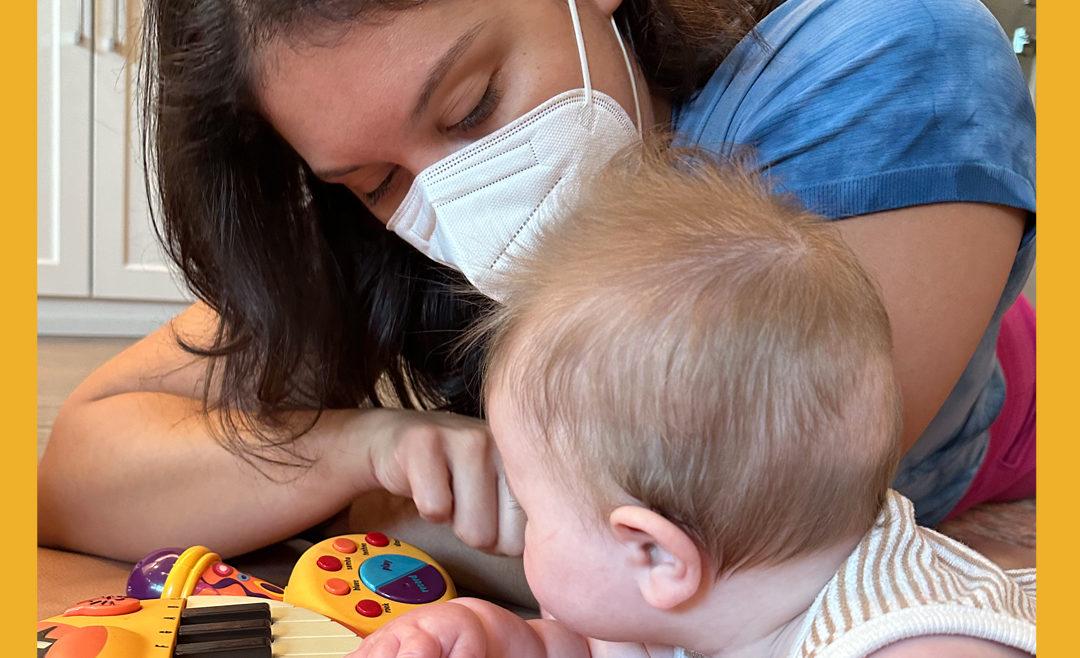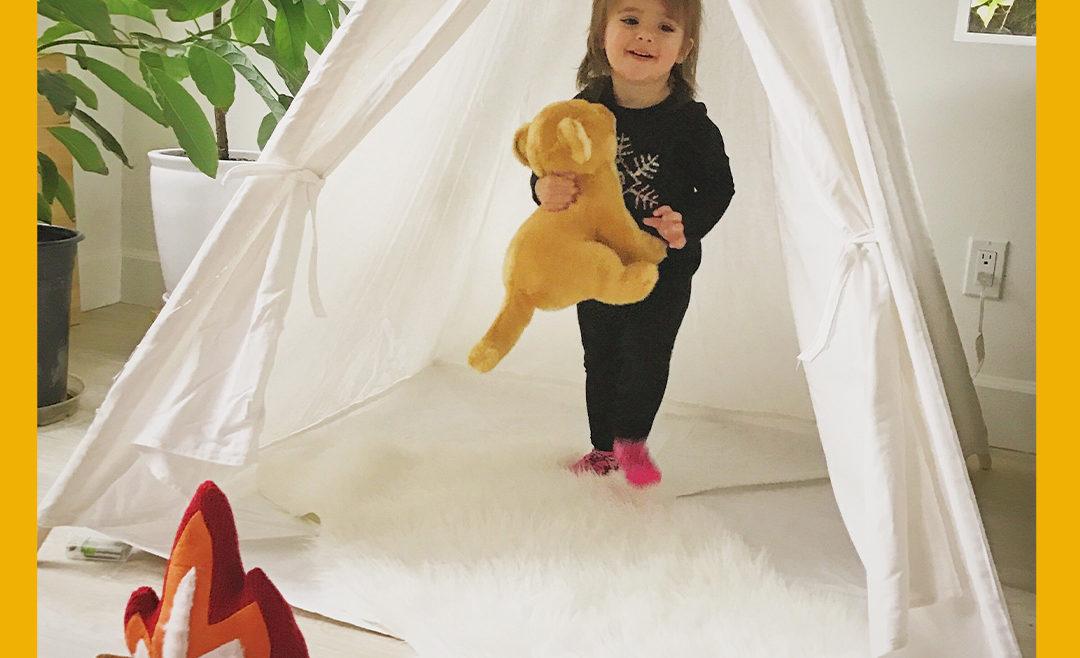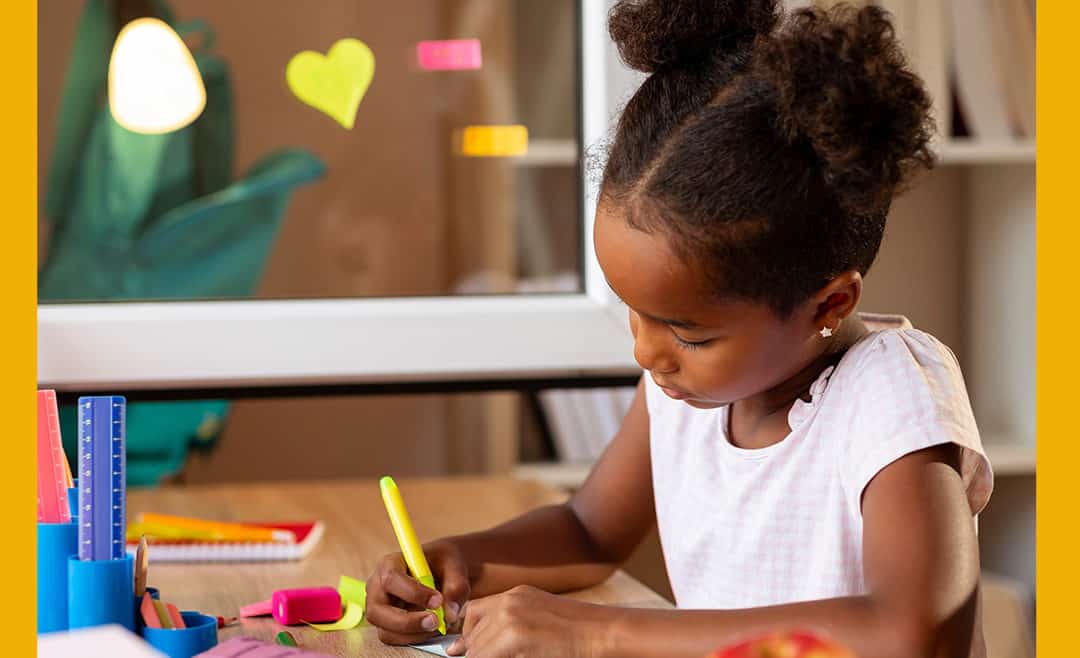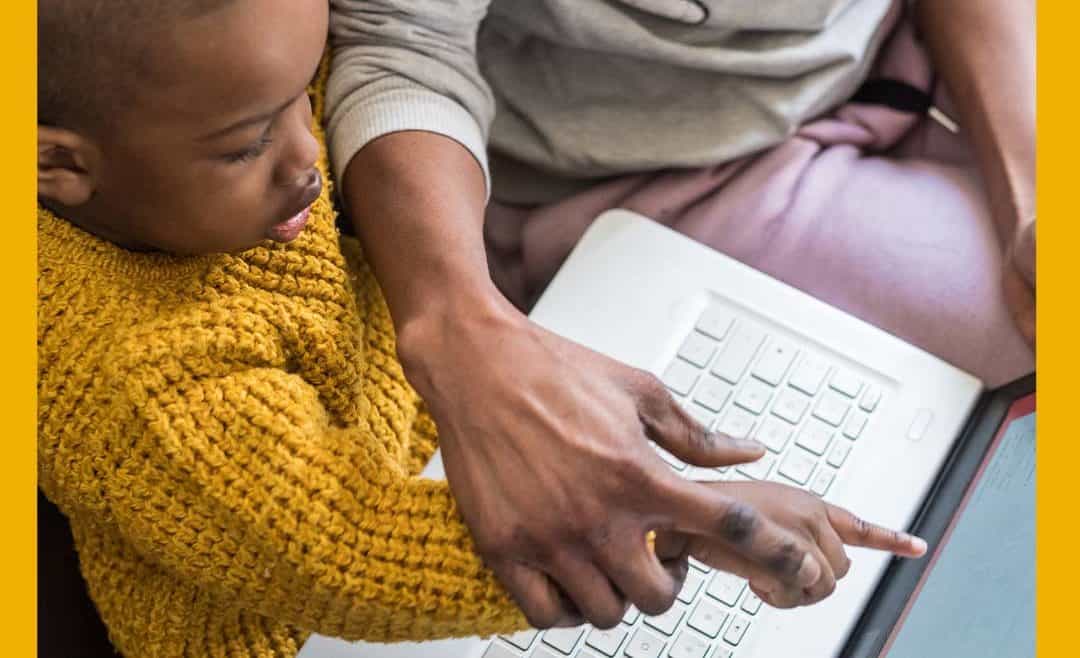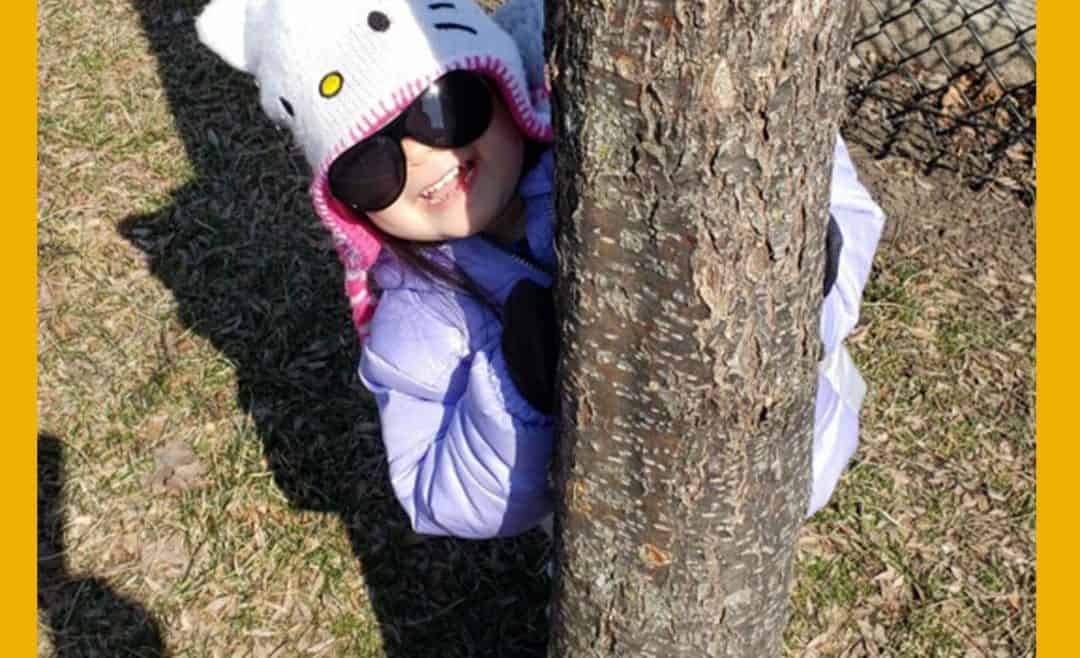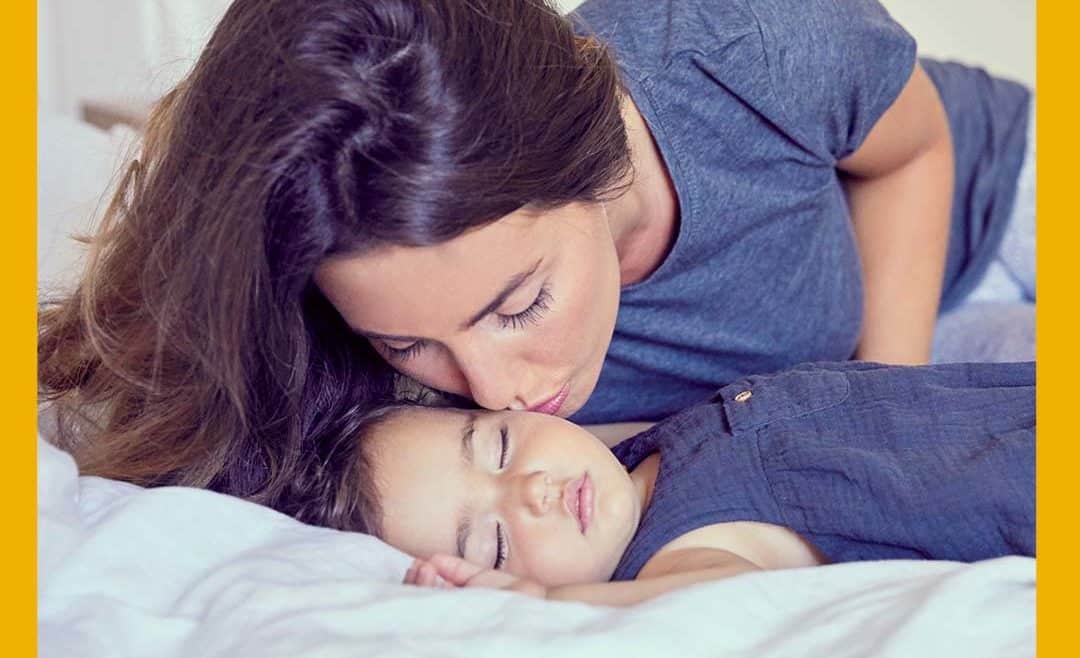National Reading Awareness Month is celebrated throughout March and helps families understand the importance of reading to their children consistently. To get the celebration started this year, our team of therapists carefully selected some fantastic books you can read with your little ones during National Reading Awareness Month and beyond. These books have fun illustrations and meaningful messages and will also help your kiddos work on their therapeutic skills in the process. Enjoy!
Where is Baby’s Belly Button: As you and your child read this adorable book, your little one will need to use their fine motor skills to lift the flaps and identify specific body parts. After reading each page, you can then ask your child to point to their own body parts. For example, the book may ask, “where’s the baby’s nose?” Once your child lifts the flap and points to the baby’s nose, you can then ask them to point to their own nose!
First 100 Words: First 100 Words is actually a book that contains no words (only images), which helps caregivers use simple language and sounds when engaging with the book. As your child gets a little older, you can begin to talk about the actions that the pictures in the book perform, so that your child is exposed to verbs and can expand their vocabulary.
Peek-a-Who?: We just know that your little one is going to love Peek-a-Who. While reading this fun and interactive book, your child will have to guess what object or character is hiding under the flaps while learning simple rhyming words in the process. One other great thing about this book is that it’s predictable, which helps kids anticipate and learn the routine of the book.
Making Faces: A First Book of Emotions: This is the perfect book to help your little one start learning and understanding expressions and emotions. While reading the book together, you can teach your child emotion words while practicing those words with emotions. For example, being silly and naming it silly, being sad and naming it sad, being sleepy and naming it sleepy, etc. This is a simple way to emphasize early social-emotional skills.
Keep an eye on our social media (Instagram, Facebook, and Pinterest) all month long as we share more books we love. Additionally, if you would like to discuss if your child could benefit from pediatric therapy, please don’t hesitate to contact our team. We are here to support your family and child in any way we can.


